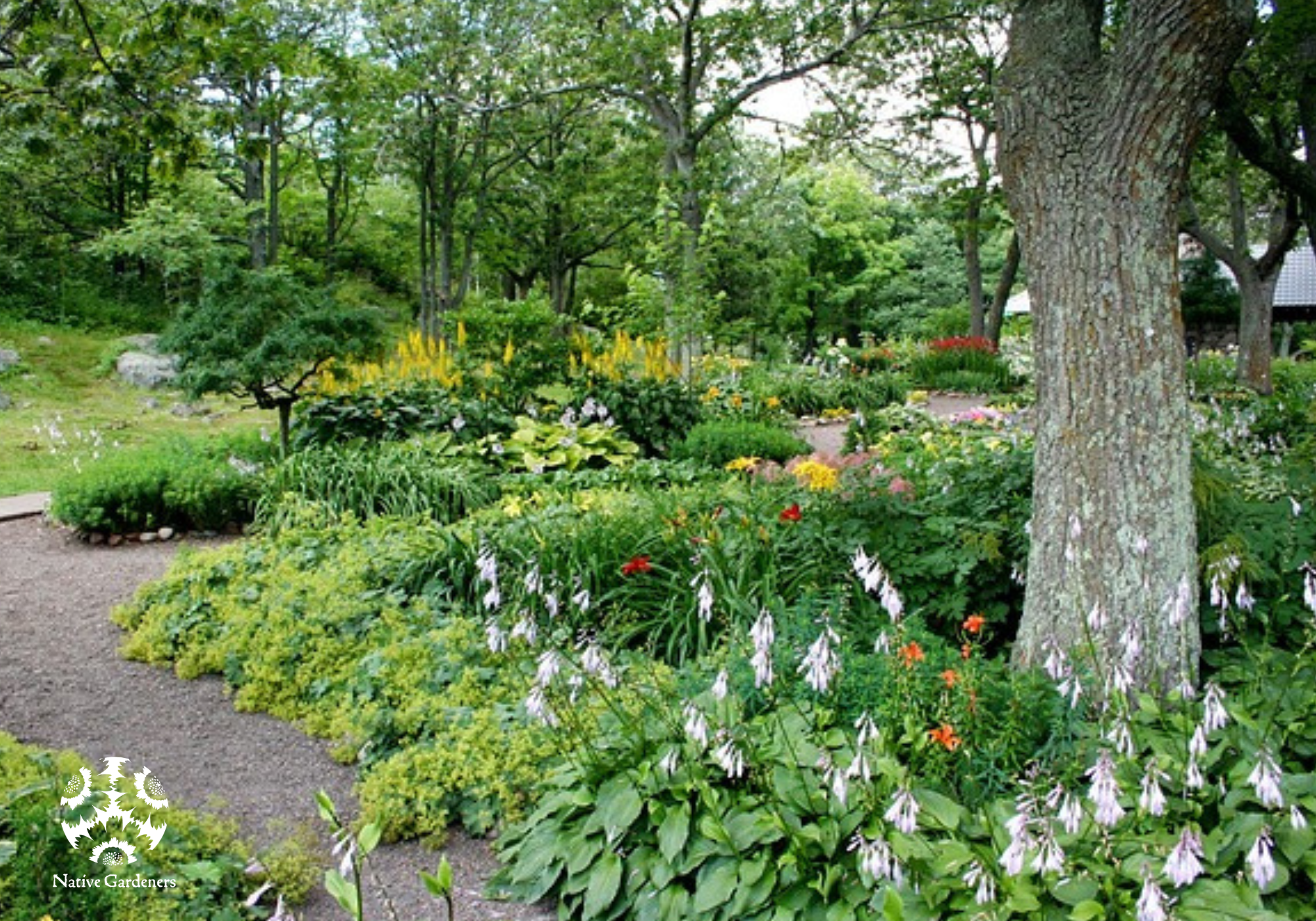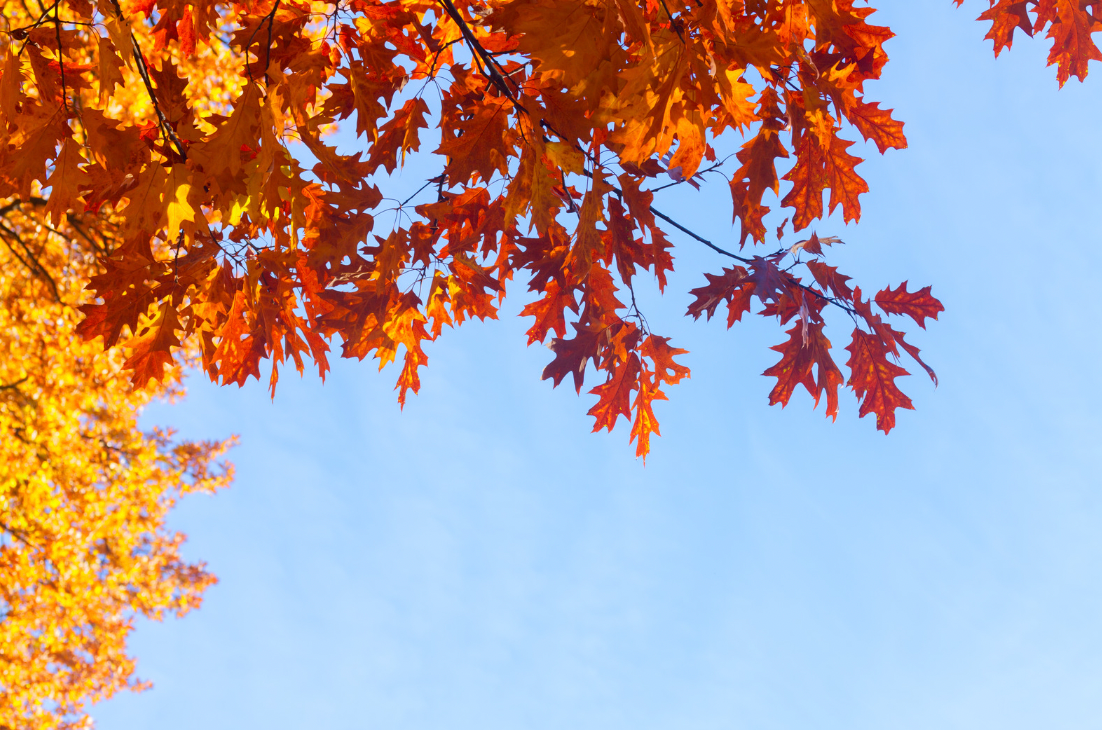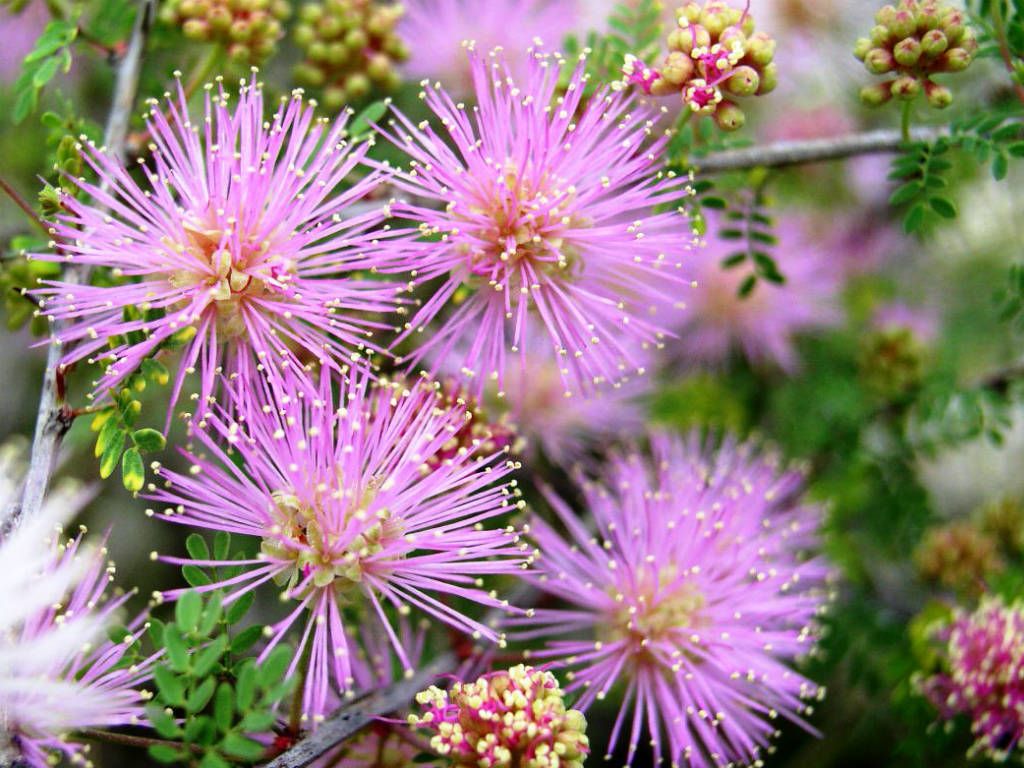The Ten Best Lawn Replacements For Shade in North Texas

Here at Native Gardeners, one of the questions we get asked most frequently is, “Why can’t I get my lawn to grow under my shade tree?”. Quantity of light plays a role here, but what about grasses such as Zoysia and Augustine that are shade tolerant?

Large trees take an immense amount of water to sustain themselves. Lawn grasses, however, have roots that only penetrate the soil 6”-8”. The trees have already taken the water from the ground before the grass can even get a chance and, therefore, will need supplemental water to sustain themselves. Given this current Summer's record-breaking temperatures and lack of rains, we know unnecessary watering is irresponsible.
Even beyond the issue of watering, grass under trees has additional concerns for the health of that giant beauty in your yard. Here’s a great article from our friends at Texas Tree Surgeons explaining why.
So what should you plant under your tree?
Native plants have deep tap roots stretching from 2-13 feet. This allows them to access groundwater even during drought, hence the title of water-wise plants. It is important to remember that these plants will need supplemental watering during their first year until they can establish their taproots. It’s a small tradeoff for plants that will last for years.

Here are our Top Ten Native Shade plants we recommend for under your large trees, and to cut your mowing to a minimum.
Webberville Sedge-If you’re looking to maintain the look of grass, Webberville Sedge is a Native shade tolerant sedge grass that is low profile and can be mown if needed.

Woodland Sedge-Woodland Sedge is a rhizomatous perennial sedge that matures into compact mounded clumps. The shiny deep green foliage is evergreen and up to 8” long. In late spring, attractive green flower spikes are displayed above the leaves. Plants occur in part sun to part shade in moist to mesic soils. This sedge has excellent landscape potential as a groundcover for woodlands or shade gardens.

Horseherb-Horseherb is a shade-tolerant groundcover in the daisy family typically found in woodlands, meadows, and disturbed sites. It withstands foot traffic and mowing well and is an excellent replacement for the invasive Asian Jasmine. Tiny yellow flowers dot the bright green plants from spring to summer, their nectar attracting small butterflies.

Missouri Violet-Woolly blue violets, commonly known as Viola sororia, are Missouri wildflowers that grow in wooded areas, thickets, and along stream banks. A stemless, rhizomatous, low-growing perennial with downy, heart-shaped leaves and large blue-violet flowers. Blooms from April to August for great Summer color.

Frog Fruit-This Texas native is often overlooked but can be a valuable groundcover with its broad, smooth leaves and creeping nature. The little white flowers encircle a purple center and cover the ground profusely. It is drought tolerant, producing a much fuller plant given regular water.

Cedar Sage-A red-flowered, hirsute, perennial salvia that grows from 1 to 2 feet tall, with rounded, scalloped leaves, Salvia roemeriana is adapted to grow in the shade and leaf mulch of Juniperus species, especially Juniperus ashei (Ashe Juniper)

Texas Betony-Texas betony has aromatic foliage and a fantastic bloom show. The heaviest blooms are in early spring, but Texas betony displays vivid scarlet flowers throughout the season. Makes a great groundcover for shady places.

Clover Fern-A quick-growing and unusual fern whose fronds look just like perfect four-leaf clovers, the Bigfoot Waterclover is nearly evergreen but goes dormant for a short period in winter or during dry periods. Under moist conditions, it readily develops into a vigorous low groundcover and easily adapts to sunny bogs or moist shade. Clover ferns can easily be maintained in containers and on the upper shelves of water gardens.

Southern Wood Fern-Southern Wood Fern is a fast-growing Texas native fern that demands moist, well-drained, acidic soils throughout the spring and summer. Semi-evergreen in warmer areas will die back to the roots altogether if temperatures drop below freezing. Leaves are a light green hue and very graceful and delicate, and It spreads quickly by underground runners.

Turks Cap-This spreading shrub, often as broad as high, grows 2-3 ft., sometimes reaching 9 ft. Bright-red, pendant, hibiscus-like flowers never fully open, their petals overlapping to form a loose tube with the staminal column protruding, said to resemble a Turkish turban, hence its most common name, Turk's Cap. Especially useful in shady situations.

Check out our collection of shade-loving natives here.



